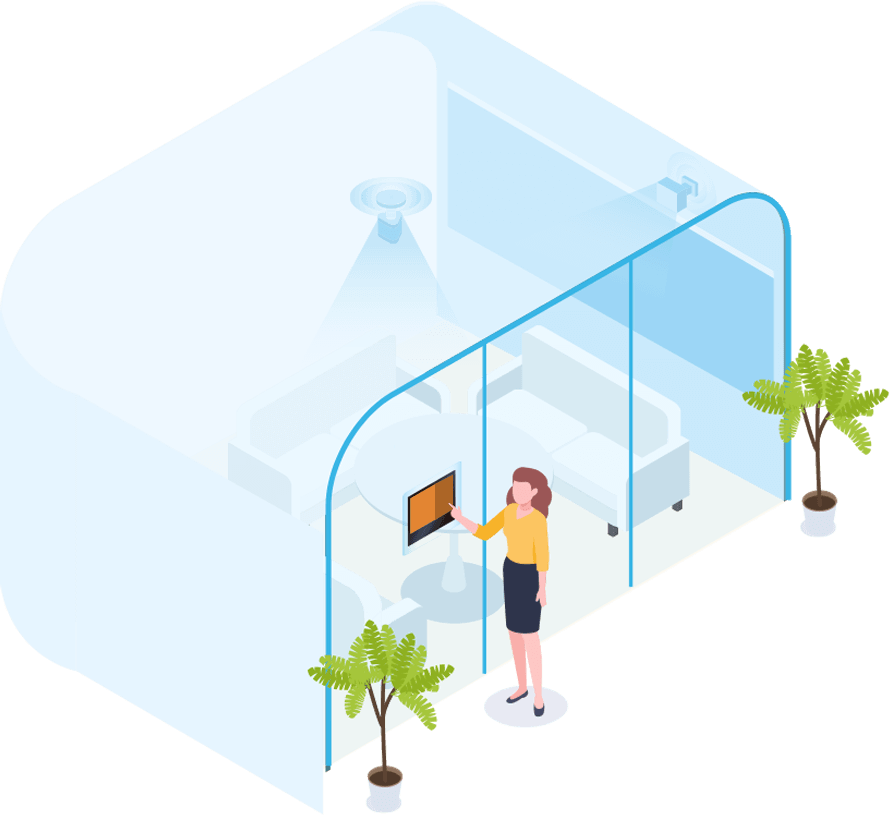Smart Workplace
What Is
Smart Workplace?
A smart workplace can be defined as using a mix of technology to connect employees with their work environment and encourage them to interact and engage with it. In general, it is a office space supported by an infrastructure of IoT technologies, sensors, software, networked platforms, etc. The smart workplace is built to make the most of physical resources, improve collaboration, increase productivity, ensure the well-being of the workforce, and build positive employee experience.
In short, a smart workplace enables more to be done with greater efficiency than a traditional one that lacks the latest technology.
Smart Workplace vs.
Digital Workplace
The smart workplace and digital workplace have something in common yet differences as well.
According to Deloitte, the digital workplace is comprised of your employees’ technology working environment. The digital workplace encompasses all the technologies people use to get work done in today’s workplace, ranging from HR applications and core business applications to e-mail, instant messaging and enterprise social media tools and virtual meeting tools.
When we talk about the smart workplace, it is more about using technology to capture data in the physical world and translate it into digital format for further use, thereby enabling new ways of working and increase productivity.
Smart Workplace
Technology Examples
The smart technology lays the foundations for the smart workplace. See below some critical ones.
IoT-based smart sensors
Meeting room booking
Desk booking
Visitor management
Wayfinding
Smart facilities management
Access control
Contact tracing
Featured Solution
Related Terms
It shouldn't be difficult to book the right space.
Let us help!



